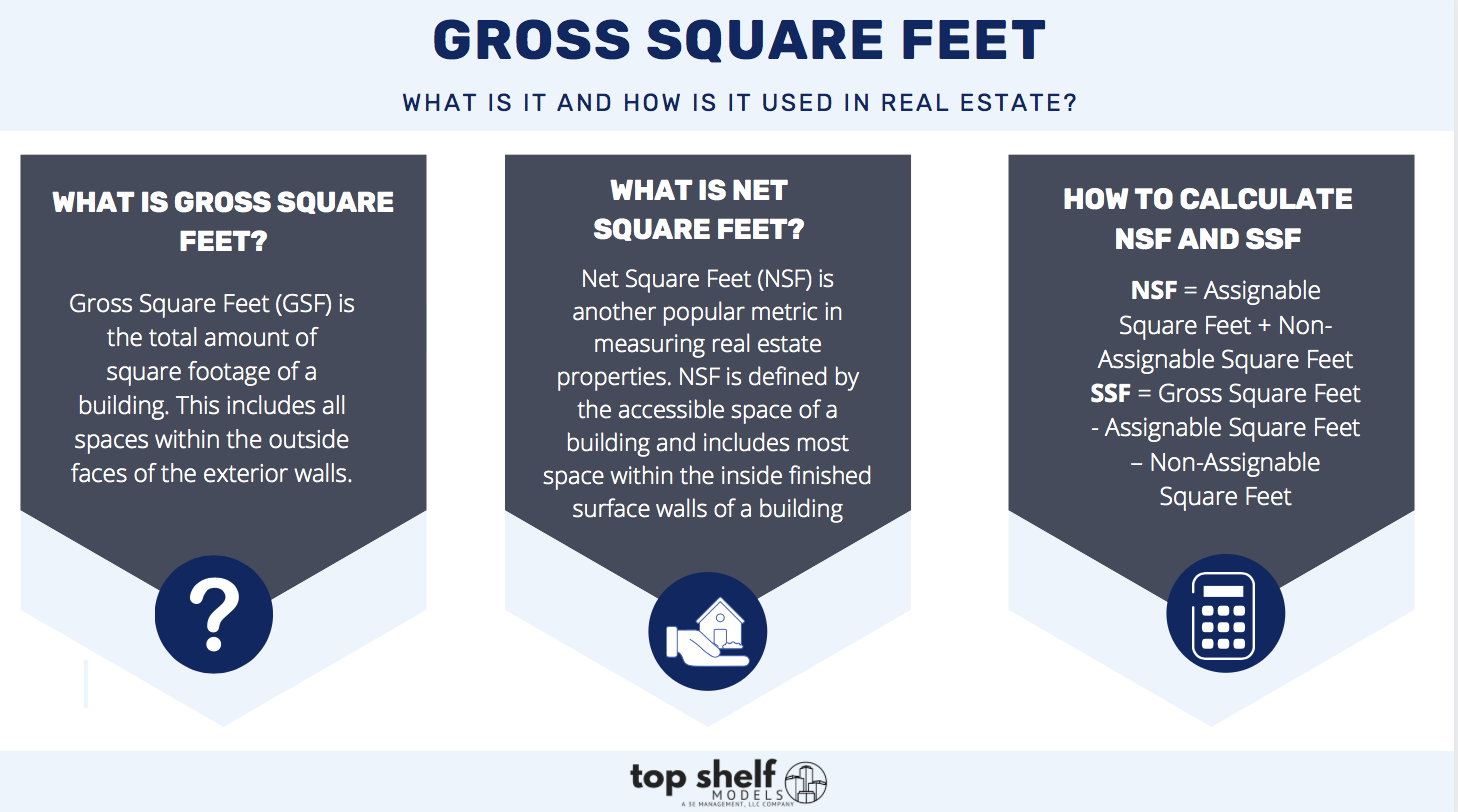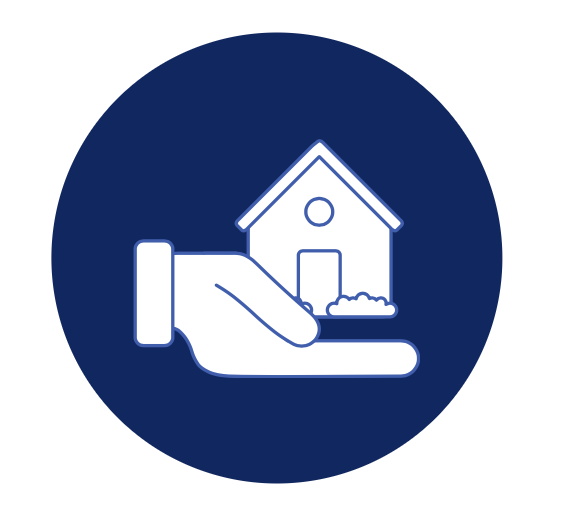The Differences between GSF, ASF, Non ASF, SSF
Assignable Square Feet (ASF) is the area of all space of a building that is assigned or available to be assigned to an occupant or specific use. This metric is often times used in universities. The ASF must follow into the following 10 categories for use: classrooms, labs, offices, study facilities, special use, general use, support, health care, residential, and unclassified—that are used to accomplish the institution’s mission. Items that don’t fall into ASF are considered Non-Assignable Square Feet.
Non-Assignable Square Feet (Non-ASF) is the square footage that is not able to be assigned or available to be assigned to an occupant or specific use. This includes spaces considered as custodial, mechanical, circulation, and public toilet. These items are necessary for operation of the building but just not assignable.
Structural Square Feet (SSF) is the area of a building that is deemed unusable or unoccupied due to structural building features. Examples of these areas include exterior walls, fire walls, and comparable portions of a building with ceiling height restrictions. Structural Area can be calculated by taking Gross Square Feet (GSF) minus Assignable Square Feet (ASF) and Non-Assignable Square Feet (Non-ASF).



